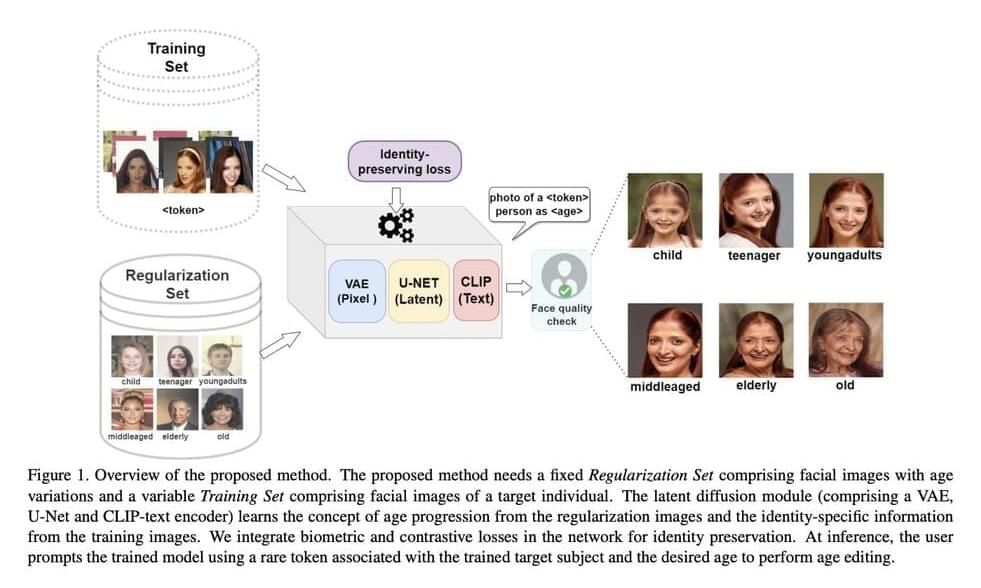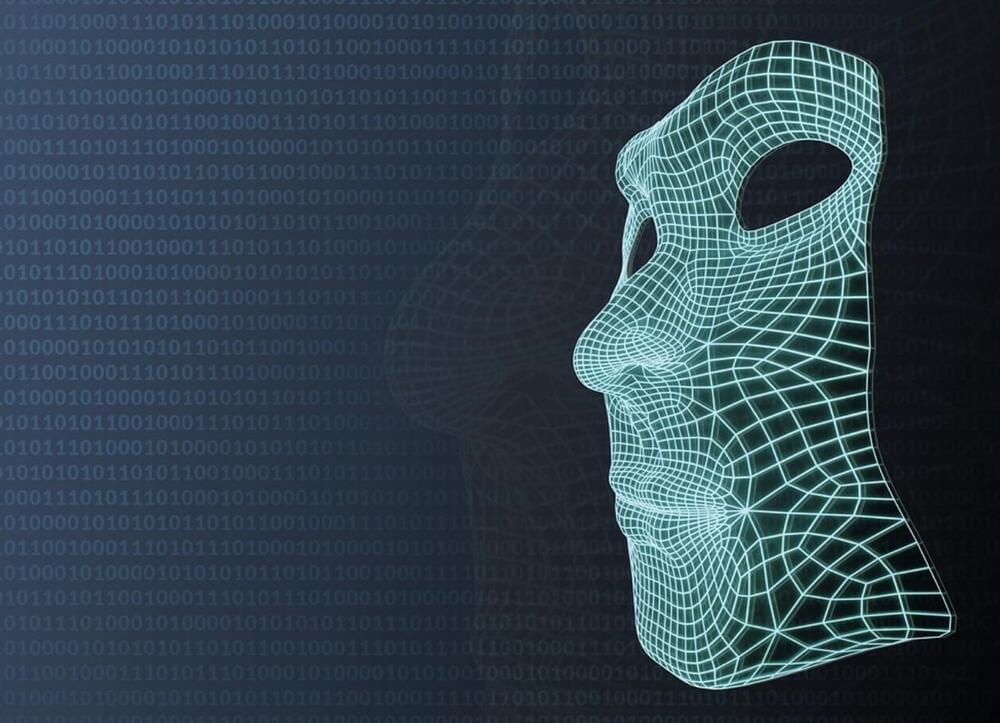As we plunge head-on into the game-changing dynamic of general artificial intelligence, observers are weighing in on just how huge an impact it will have on global societies. Will it drive explosive economic growth as some economists project, or are such claims unrealistically optimistic?
Few question the potential for change that AI presents. But in a world of litigation, privacy concerns and ethical boundaries, will AI be able to thrive?
Two researchers from Epoch, a research group evaluating the progression of artificial intelligence and its potential impacts, decided to explore arguments for and against the likelihood that innovation ushered in by AI will lead to explosive growth comparable to the Industrial Revolution of the 18th and 19th centuries.






 עברית (Hebrew)
עברית (Hebrew)
